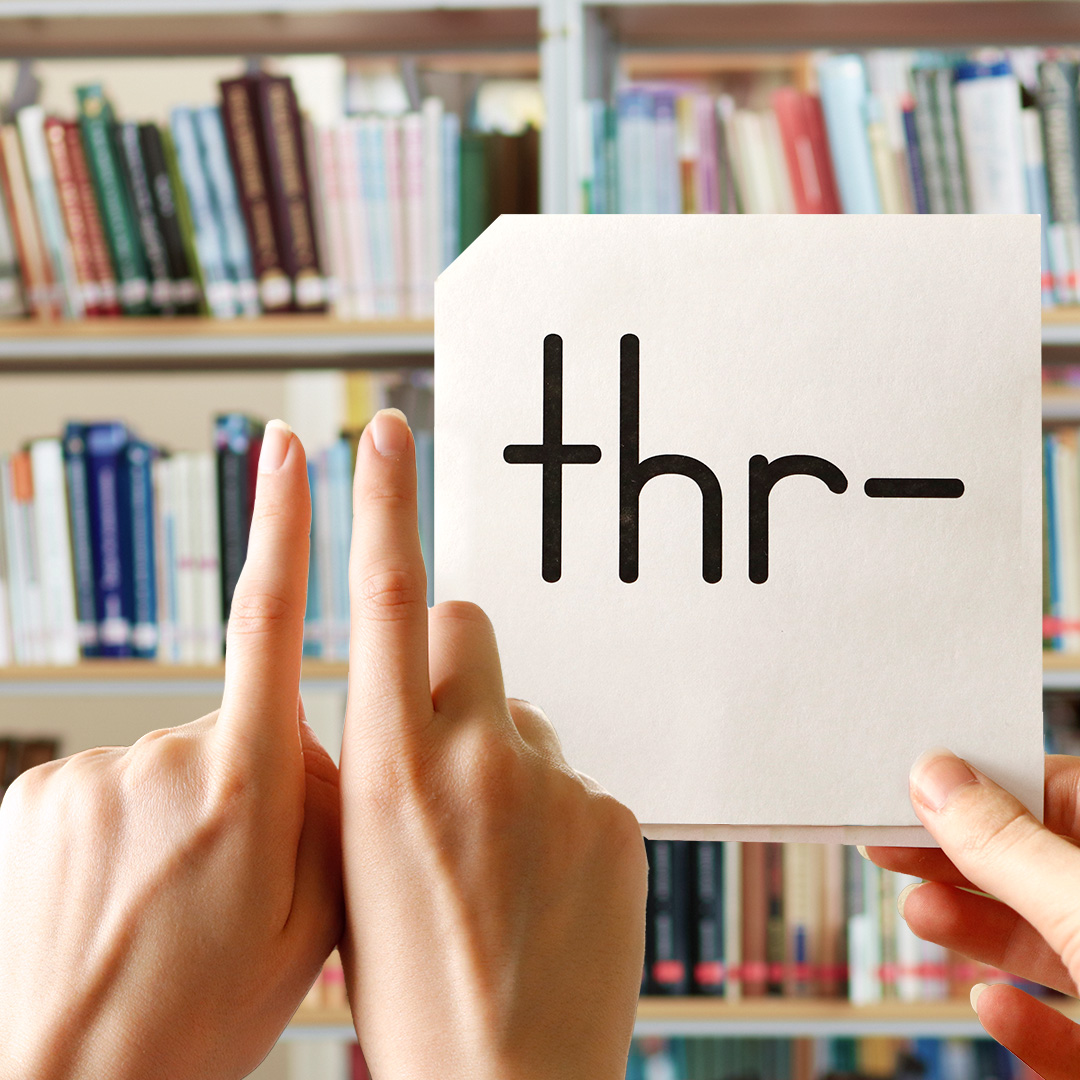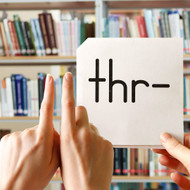Digraphs vs Consonant Blends: What’s the Difference?
Posted by Brainspring on 30th May 2022
Understanding digraphs and blends is important to developing strong reading and spelling skills. These play distinct roles in the decoding process, helping students recognize and pronounce words accurately. This content dives into the differences between digraphs and blends, their impact on literacy, and effective strategies for teaching and practicing these key components of phonics.
What Are Digraphs & Blends?
Digraphs and consonant blends are essential elements in learning to read and spell, but they serve different functions in phonics.
- Digraphs: A digraph is when multiple letters come together to make a single sound. Examples include “sh” as in ship, “ch” as in chair, and “th” as in think. The key feature of a digraph is that the multiple letters represent one phoneme (sound).
- Consonant Blends: A consonant blend is a group of two or more consonants where each retains its own sound. Examples include “bl” as in blue, “cr” as in crab, and “str” as in street. Unlike digraphs, blends involve combining multiple distinct sounds.
This understanding becomes important in syllabication because digraphs are typically “scooped and grouped” and stay together, and blends can be split.
How Digraphs & Blends Affect Reading Fluency
Mastering digraphs and blends is important in developing reading fluency because these phonics elements simplify the decoding process. When students learn to recognize digraphs as single sounds, they reduce the cognitive load required for reading unfamiliar words.
For example, instead of processing the individual letters "c" and "h" separately in the word chip, students can identify "ch" as one cohesive sound, allowing them to decode the word faster and focus on its meaning. This ability to process digraphs helps students read more fluently, which is essential for understanding advanced texts.
Similarly, blends enhance fluency by teaching students how to combine multiple sounds smoothly. Words like street or splash require the reader to merge sounds quickly and naturally. Struggling to pronounce these combinations can slow down reading and affect comprehension, but with practice, students can learn to blend sounds effortlessly.
How to Introduce Digraphs & Blends
Begin by introducing digraphs since they involve a single sound. Use visual aids like flashcards or posters showing digraphs with corresponding pictures (e.g., “sh” with a picture of a ship).
Once students are comfortable with digraphs, introduce blends, explaining that each consonant in the blend keeps its sound. Use simple examples, such as “bl” in blue or “cr” in crab, and gradually increase complexity.
Consistent exposure to digraphs and blends through activities like reading practice and writing exercises helps reinforce understanding. Teaching digraphs and blends in sequence ensures that students develop the skills needed for fluent reading and spelling.
Practice Activities
 An easy way to practice this important difference is to ask students to recognize digraphs by holding up two crossed fingers, but blends will have their fingers held side-by-side. The crossed fingers (digraphs) cannot be separated, but the blends can easily be split apart.
An easy way to practice this important difference is to ask students to recognize digraphs by holding up two crossed fingers, but blends will have their fingers held side-by-side. The crossed fingers (digraphs) cannot be separated, but the blends can easily be split apart. Once you begin teaching blends, give students practice with this concept by showing the digraphs and blends from your card pack, much like you would in a Visual Drill. Instead of students saying the sounds, ask them to show you the type of letter combinations by crossing their fingers for the digraphs and holding their fingers next to each other for the blends. Practice this concept often to build this skill which will become important as they progress in Syllabication.
Once you begin teaching blends, give students practice with this concept by showing the digraphs and blends from your card pack, much like you would in a Visual Drill. Instead of students saying the sounds, ask them to show you the type of letter combinations by crossing their fingers for the digraphs and holding their fingers next to each other for the blends. Practice this concept often to build this skill which will become important as they progress in Syllabication.
Digraph & Blend Challenges
While learning digraphs and blends is important, it can also be challenging for students. The most common difficulty is confusing blends with digraphs. For instance, a student might think the "bl" in blue is a single sound, similar to the "sh" in ship.
This confusion often arises because blends occur rapidly, making them sound almost like one phoneme. To address this, teachers should break down blends into their individual sounds during lessons, helping students clearly distinguish between digraphs and blends.
Another challenge is the difficulty some students face in separating and pronouncing the individual sounds within blends. For example, the "str" in street or "spl" in splash can be tricky because the sounds must be pronounced quickly and smoothly.
To overcome this, teachers can slow down the pronunciation of blends during practice and encourage students to articulate each sound clearly before speeding up. Repetition is key here, as consistent practice helps students internalize the process and improve their pronunciation over time.
Digraph & Blend Challenges
Here are some common examples of digraphs and blends:
Digraphs:
- sh: ship, fish, wish
- ch: chair, chat, lunch
- th: think, bath, that
- ph: phone, elephant
- wh: when, where
Consonant Blends:
- bl: blue, black, blink
- cr: crab, cry, craft
- dr: drum, dream, drop
- spl: splash, splendid
- str: string, street
Digraphs and consonant blends are building blocks of phonics instruction that allows students to decode words accurately and fluently. By understanding the distinction between these, students can approach reading and spelling with more confidence.
With consistent practice and exposure to digraphs and blends, it not only enhances fluency but also lays the foundation for literacy success. Incorporating these concepts into instruction ensures students are well-equipped to progress in their reading and spelling journeys.
Written by Ingrid Hartig
Ingrid is a Master Instructor with Brainspring’s Educator Academy
Brainspring has proudly supported the educational community for more than 25 years.
Our Educator Academy provides educators in grades K-12 with comprehensive MSL Professional Development courses. Learn more about our in-person and online professional development.
The Learning Centers support students through one-on-one, multisensory tutoring sessions. Learn more about our in-person (available in Southeast Michigan) and nationwide online tutoring.

